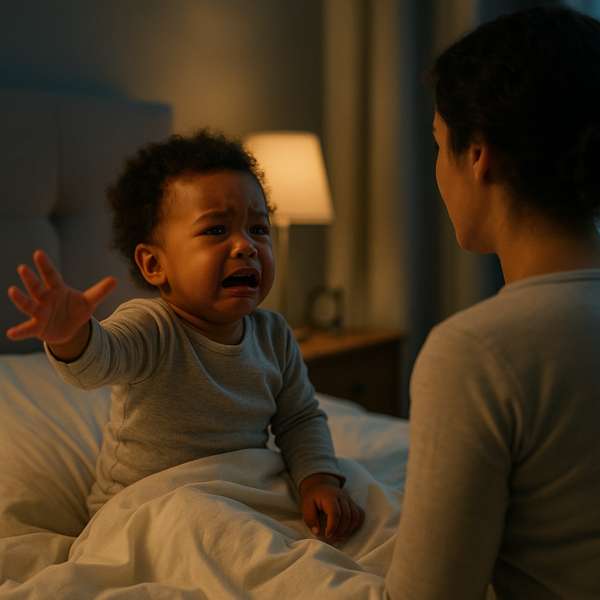
It is most often associated with young children, but adults can experience it too.
With the right strategies, separation anxiety can be managed with care and patience.
Understanding Separation Anxiety
It often appears in childhood but can also occur in adults due to life transitions.
Typical signs include:
- Crying or panic during separation
- Clinging behavior
- Physical symptoms like headaches or nausea
Why It Happens
Knowing the root can help in providing support.
Possible triggers are:
- Starting school or daycare
- Past trauma or loss
- Lack of independence training
- Genetic predisposition
How to Recognize It Early
Recognizing it early is especially here important in new situations.
Look out for these red flags:
- Fearful reactions to separation
- Fear of losing a parent
- Clinging during bedtime or departures
Helping Kids Cope with Separation
Supporting children through separation anxiety requires clear communication and structure.
Strategies to help include:
- Create a goodbye ritual
- Gradually increase time apart
- Let them play solo at home
- Build trust through transparency
Tips for Adults Facing It
Adults can also face separation anxiety, especially in relationships, travel, or after loss.
Helpful actions to take:
- Talking to a mental health professional
- Using relaxation techniques
- Building a support network
- Challenging irrational fears
Getting the Right Support
If separation anxiety is affecting relationships or education, it may be time to seek help.
When intervention is needed:
- Daily disruption due to anxiety
- Frequent illness from stress
- Refusing to engage in normal life
Support and Hope
Separation anxiety can be intense but temporary.
Whether it’s a child learning to go to school or an adult adjusting to change, the journey takes time and compassion.